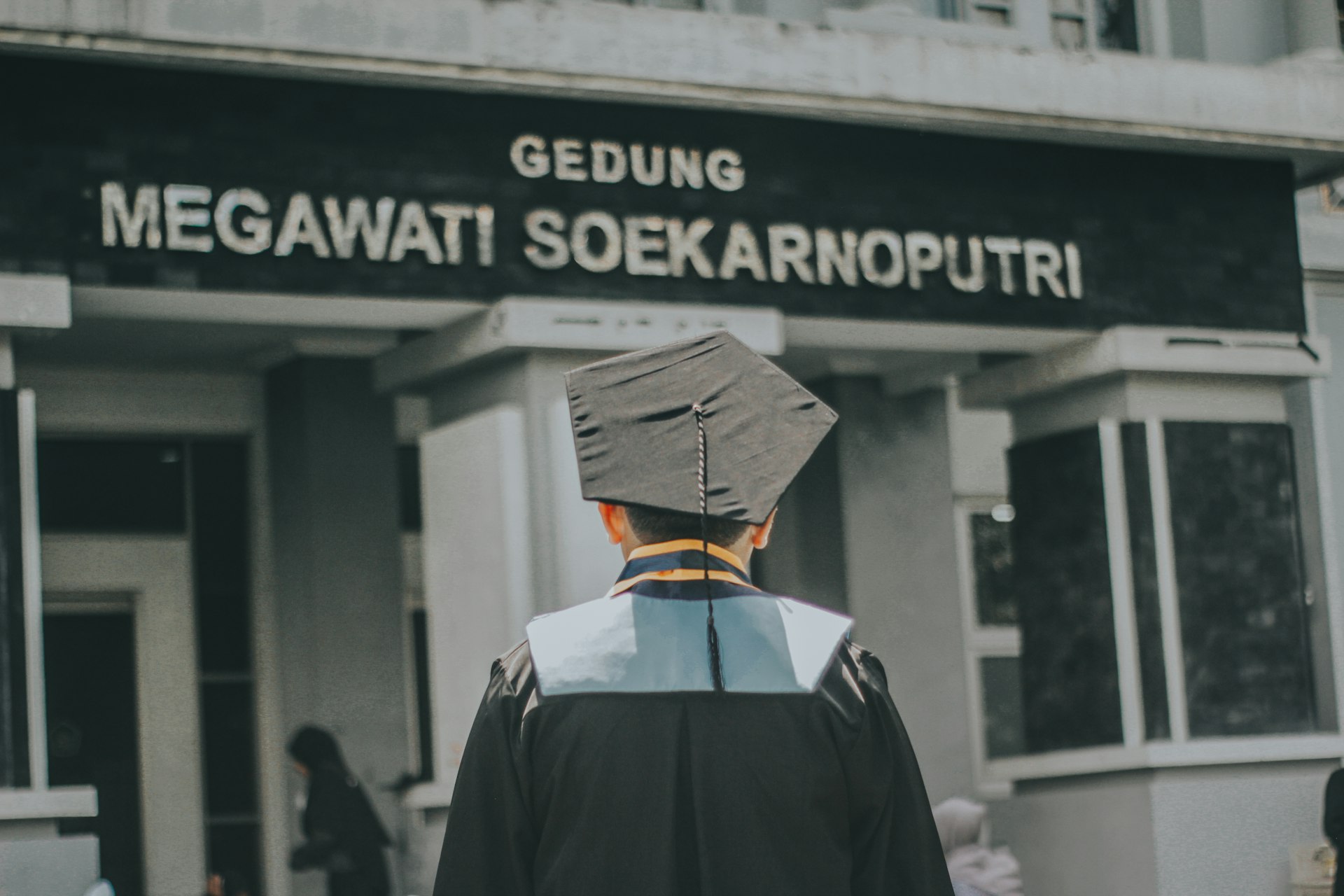Understanding Urban Lifestyle: Dynamics, Diversity, and Daily Realities

Photo by Ken Li on Unsplash
Introduction to Urban Lifestyle
An urban lifestyle refers to the way of living that is characteristic of cities and metropolitan areas. This lifestyle is marked by high population density, diversity in cultures, and a vibrant mix of social, economic, and cultural activities. As cities continue to grow and evolve, understanding what constitutes an urban lifestyle-and how it shapes daily experiences-can help you navigate, adapt, and thrive in this dynamic environment [1] .
Core Characteristics of Urban Lifestyle
Cities offer a unique blend of features that distinguish urban living from rural or suburban life. Modern urban environments are shaped by:
- High Population Density: Urban areas concentrate large numbers of people in limited spaces, which fosters a lively but sometimes crowded atmosphere [1] .
- Diverse Cultures and Experiences: Urban communities are melting pots, bringing together people from different backgrounds, ethnicities, and worldviews. This diversity fuels creativity, innovation, and a rich cultural tapestry [4] .
- Economic Opportunities: Cities are economic hubs, offering a wide range of jobs, entrepreneurial ventures, and networking opportunities for various skill levels and professions [2] .
- Advanced Infrastructure: Public transportation, modern housing complexes, healthcare facilities, schools, and entertainment venues are more easily accessible [4] .
- Access to Services: Urban residents benefit from proximity to government offices, emergency services, and specialized care unavailable in more remote areas.
Daily Life in the City: Social Interactions and Community
Living in an urban environment shapes how people interact and form communities. While cities offer countless opportunities to meet new people-through events, shared interests, or professional settings-social ties can sometimes feel more fragmented than in small towns. Many urban dwellers connect through digital platforms, broadening their networks beyond physical neighborhoods [3] .
For those seeking community engagement, participating in local events, joining hobby groups, or volunteering with neighborhood organizations can help build meaningful relationships. City governments and local libraries often host community events; searching for “community centers” or “city events” along with your city’s name can provide up-to-date information on local happenings.

Photo by Peter Chirkov on Unsplash
Entertainment, Culture, and Lifestyle Choices
One of the most attractive aspects of urban living is the abundance of entertainment and cultural experiences. Cities typically offer:
- Theaters, museums, and galleries showcasing local and international art
- Restaurants, cafes, and food markets catering to diverse tastes
- Music venues, festivals, and nightlife for all preferences [4]
- Sports facilities, gyms, and public parks
To discover new experiences, consider using city tourism websites, event platforms, or apps dedicated to local activities. Many cities also have official event calendars or arts councils that share upcoming cultural opportunities-search “[Your City] event calendar” or “[Your City] arts council” for accurate, current listings.
Transportation and Mobility
Efficient transportation is a major component of urban life. Cities are designed to move large populations efficiently, and options include:
- Public transit systems (buses, subways, trains)
- Bike-sharing and scooter-rental programs
- Rideshare services and taxis
- Walkable neighborhoods and pedestrian paths [4]
If you’re new to a city, visit your local transit authority’s website for route maps, fare structures, and service updates. Many urban areas offer apps or online tools for real-time transit tracking and trip planning. For those seeking affordable or accessible transportation, city governments may sponsor reduced-fare programs for students, seniors, or low-income residents-search for “[Your City] public transit discounts” or contact your city’s transportation department for eligibility requirements.
Cost of Living and Housing
Urban living can be more expensive than rural or suburban alternatives, due to higher demand for housing, limited space, and the concentration of amenities. Rent, utilities, and goods may cost more in dense city centers. However, the trade-off is the convenience of proximity to jobs, culture, and services [4] .
To manage expenses, consider:
- Exploring shared housing or roommate arrangements
- Utilizing public transportation instead of owning a car
- Seeking out city-sponsored affordable housing initiatives
For affordable housing programs, visit your city government’s official website or search for “affordable housing programs [Your City]”. Nonprofit organizations and housing advocacy groups may also offer resources or application guidance.
Opportunities and Challenges in Urban Life
While urban areas are synonymous with opportunity, they can also present challenges such as noise, crowding, and higher stress levels. On the other hand, they provide greater access to education, healthcare, and professional growth [2] . To address these challenges, many cities offer wellness and community programs, support services, and public spaces that encourage relaxation and recreation.
For those seeking support, search for “[Your City] community health services” or “urban wellness programs”. City libraries and local government offices often provide directories of available resources. If you experience challenges related to urban stress, many metropolitan areas have counseling services and hotlines for mental health support; consult your city’s official health department for verified options.
How to Access Urban Resources and Services
Urban residents can take advantage of a wide array of services and opportunities by:
- Identifying city government offices for information on housing, employment, and social services. Visit your official city government website or city hall for details.
- Using library networks for free access to books, digital resources, and community events. Search for “public library [Your City]” for branch locations and program listings.
- Exploring local job boards, workforce development centers, and networking events for employment opportunities. Many cities operate career resource centers-search “[Your City] job center” or “workforce development [Your City]”.
- Locating healthcare providers and clinics by searching “community health center [Your City]” or using your state’s department of health listings.
- Participating in city-sponsored recreational activities, such as sports leagues, fitness classes, or park programs. City parks and recreation departments often maintain updated schedules online.
For those looking for specific government services, it’s best to start with your city’s official website and use their search function for housing, health, employment, or social services. If you are unable to find what you need, calling the city’s main information line or visiting a local community center can provide guidance.
Alternative Approaches and Flexibility in Urban Living
Urban lifestyles are not one-size-fits-all. Many people blend aspects of city life with remote work, suburban commuting, or participation in online communities. The flexibility of modern cities allows for diverse routines and preferences, from car-free living to active nightlife or quiet urban enclaves [3] .
If traditional urban experiences do not suit your needs, consider:
- Working remotely or seeking co-working spaces for a balanced pace
- Living in neighborhoods with more green space or less density
- Engaging with online community groups for support and socialization
Each city offers unique micro-communities, so researching neighborhood profiles and visiting areas of interest can help tailor your urban experience to your personal preferences.
Key Takeaways
Urban lifestyles are dynamic and diverse, shaped by density, opportunity, and constant change. While living in a city offers unique challenges, it also presents unparalleled access to culture, jobs, and social networks. By understanding the core features and knowing how to access local resources, you can make the most of urban living while adapting it to your own needs and aspirations.
References
[1] Fiveable (n.d.). Urban life – (AP US History) – Vocab, Definition, Explanations.
[2] Fiveable (n.d.). Urban Life – (AP European History) – Vocab, Definition, Explanations.
[3] Sociology Institute (n.d.). The Dynamics of Modern Urban Life: Characteristics and Transformations.
MORE FROM mumsearch.com
